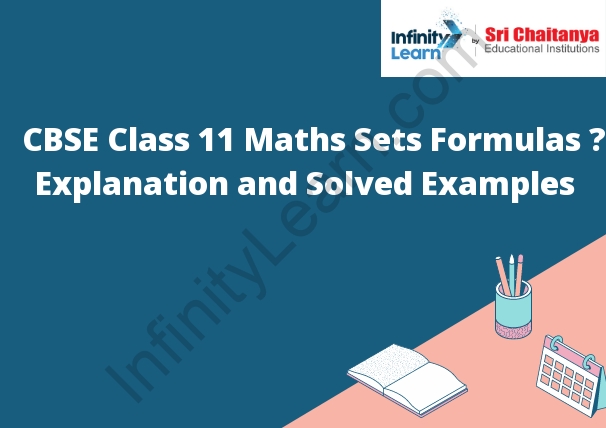Table of Contents
All Formulas of Sets Class 11
There are a few fundamental concepts that are required to be understood before moving on to the formulas of sets.
1. Sets: A set is a collection of unique objects. The objects that are a part of the set are called elements of the set.
2. Set Operations: The operations that can be performed on sets are called set operations. The most common set operations are union, intersection, and difference.
Union: The union of two sets A and B is the set of all elements that are a part of either A or B or both A and B.
Intersection: The intersection of two sets A and B is the set of all elements that are a part of both A and B.
Difference: The difference of two sets A and B is the set of all elements that are a part of A but not of B.
3. Set Equality: Two sets are said to be equal if they have the same elements.
4. Cardinality: The cardinality of a set is the number of elements that are a part of the set.
Now that the basics have been explained, the formulas for set operations can be understood.
Union: The union of two sets A and B is represented by the symbol ∪ and is computed as follows:
A ∪ B = {x|x ∈ A or x ∈ B}
Intersection: The intersection of two sets

What is a Set?
A set is a collection of elements. The elements can be anything, including numbers, letters, words, or other sets. Sets can be finite or infinite. A finite set has a specific number of elements, while an infinite set has an endless number of elements.
What is the Cardinality of a Set?
The cardinality of a set is the number of elements in the set.
What Differentiates NCERT Solutions for Class 11 Maths Chapter 1- Sets from Others
?
The NCERT Solutions for Class 11 Maths Chapter 1- Sets are reliable and accurate. They are developed by subject matter experts and are aligned with the latest CBSE syllabus. Furthermore, they are easy to understand and follow.
Sets Class 11 Maths
Chapter 1
1. Sets:
A set is a collection of objects. The objects in a set are called its members.
2. Elements and members:
The objects in a set are called its elements. Each element is a member of the set.
3. Set notation:
We write a set using braces, { }, and list its elements within the braces.
4. Set membership:
We say that an element is a member of a set if it is one of the objects in the set.
5. Set equality:
Two sets are equal if they have the same elements.
6. Set operations:
We can perform three operations on sets: union, intersection, and difference.
7. Union:
The union of two sets is the set of all objects that are members of either set.
8. Intersection:
The intersection of two sets is the set of all objects that are members of both sets.
9. Difference:
The difference of two sets is the set of all objects that are members of the first set but not the second set.



